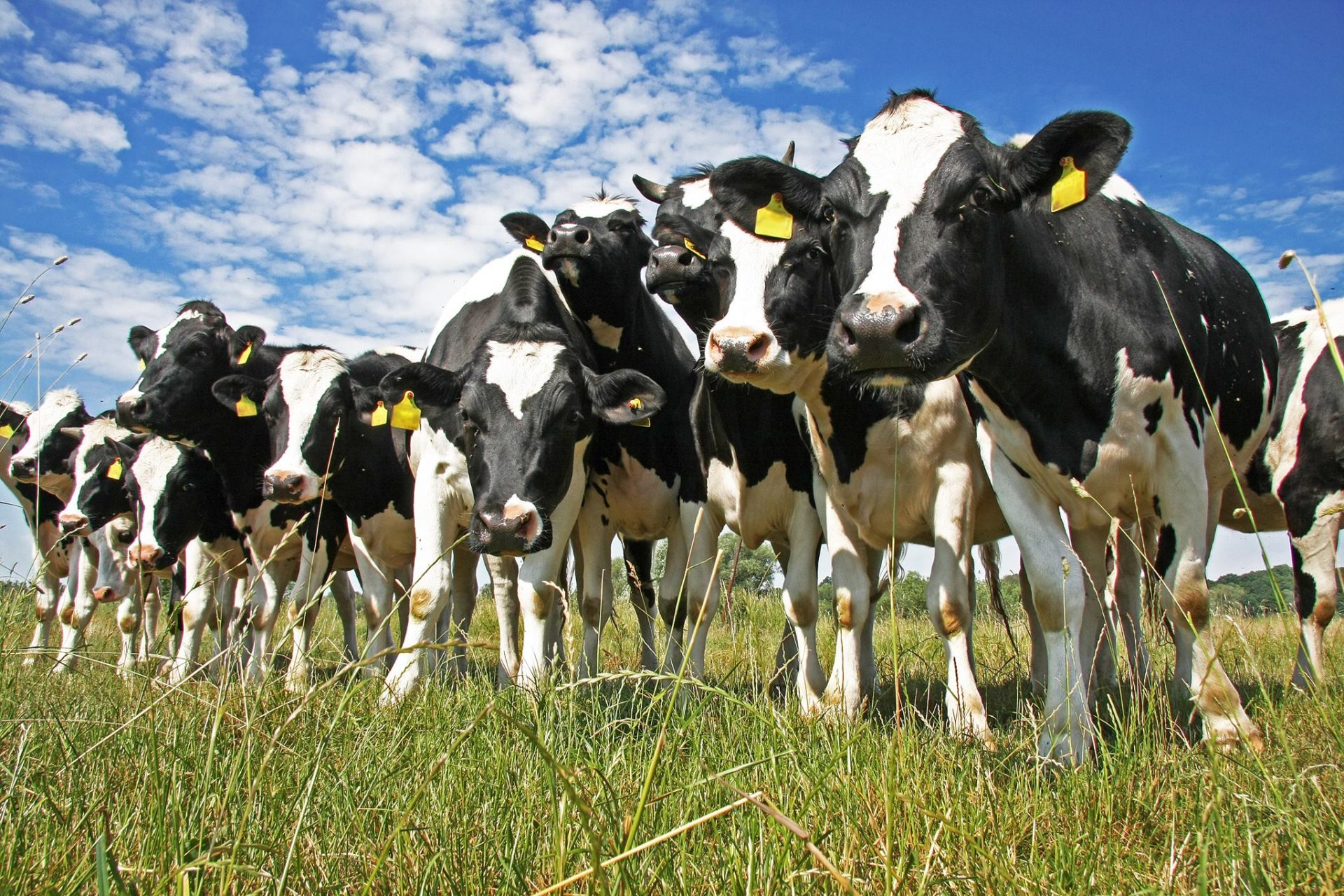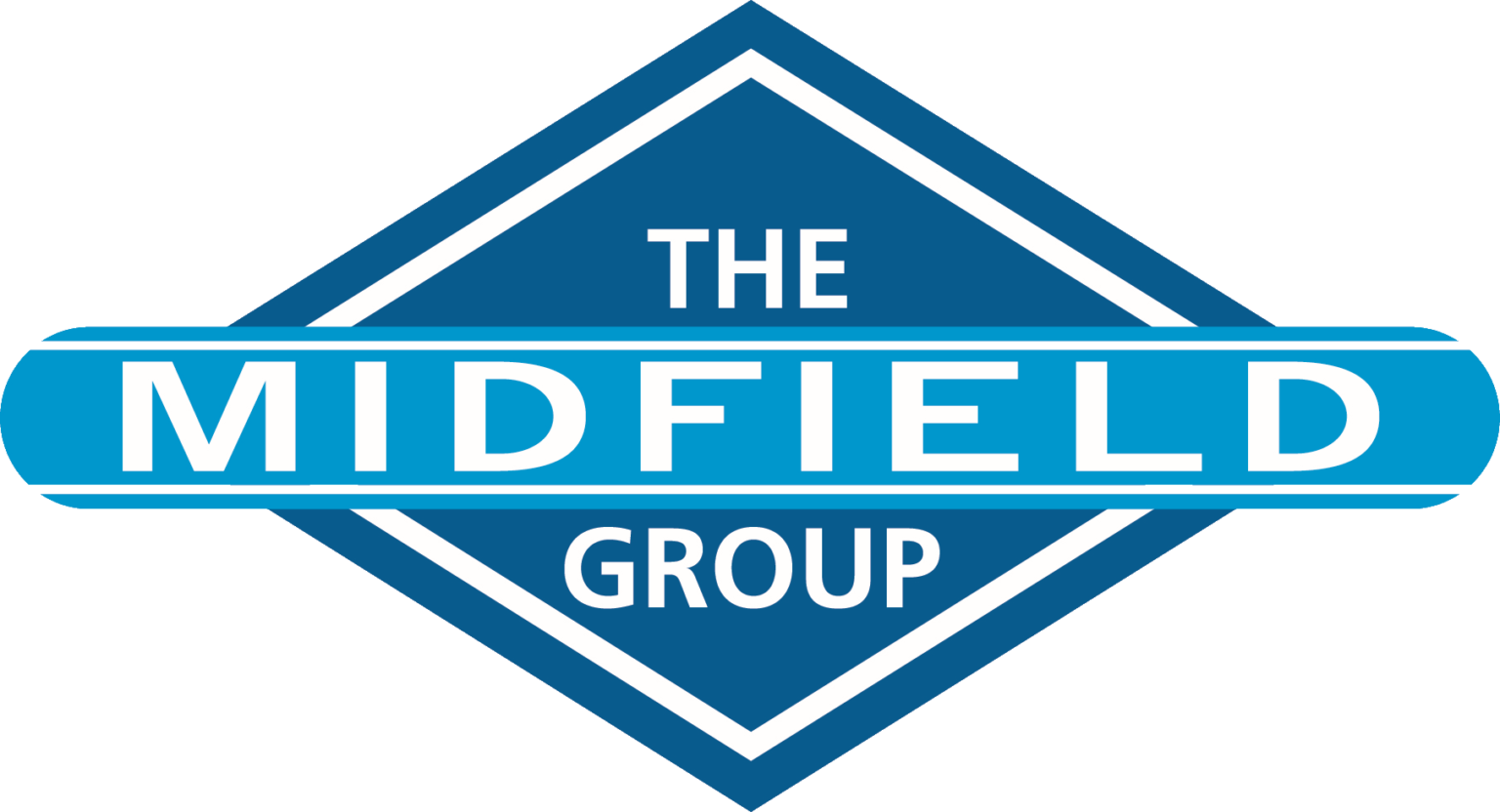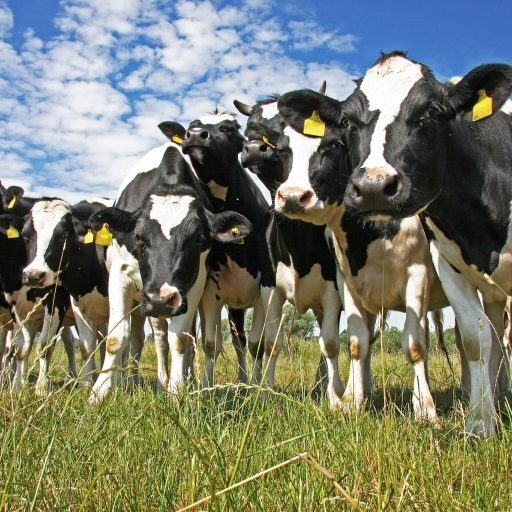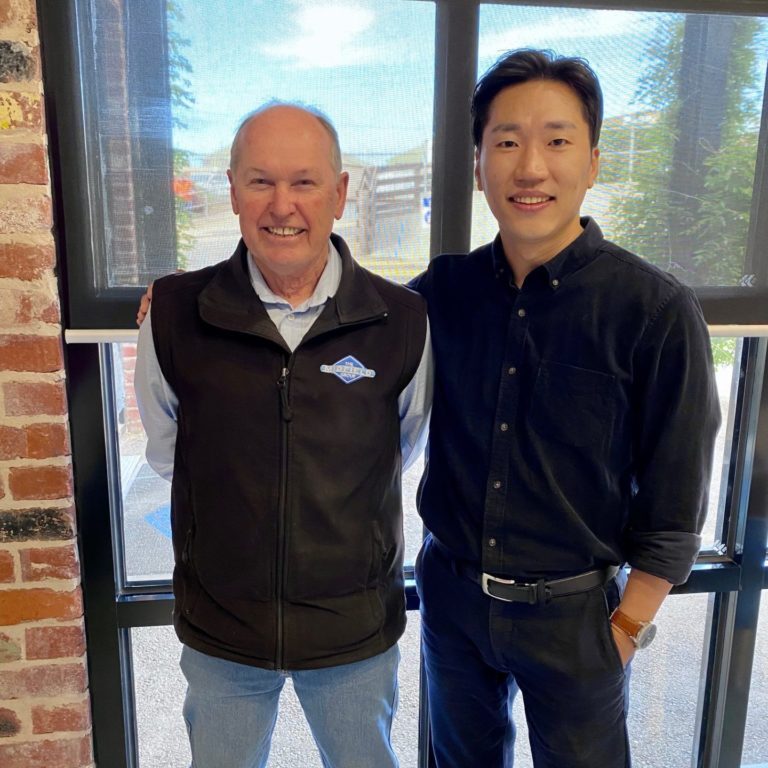Midfield Meating Point – June 2025
Industry Innovation on Display at IFFA 2025
Attending IFFA 2025 provided an exciting look into the latest innovations shaping not only the red meat sector but the broader food industry. The event offered a unique opportunity to stay ahead of the curve, particularly in areas of safety, efficiency, and processing technologies.
Exploring large meat processing facilities outside the red meat category delivered valuable insights into alternative methods and technologies. Many of these could be adapted to strengthen our own operational efficiencies, serving as useful benchmarks against our current practices.
In addition to professional learnings, IFFA was a great platform to develop personal skills, build relationships, and engage with like-minded industry professionals. And, of course, sampling the local cuisine was a definite highlight of the trip!
Market Insights from FHA 2025 – Singapore
Our participation in FHA 2025 in Singapore delivered meaningful insights into one of Asia’s most competitive and dynamic food markets.
Although exhibitor numbers from Singapore were lower this year, foot traffic was strong and targeted, allowing for productive meetings with customers from Singapore, Vietnam, Thailand, Malaysia, and Australia. Singapore continues to be a mature market with over 300 importers and a workforce supported largely by daily commuters from Malaysia — particularly in blue-collar roles.
While customers appreciated the quality and consistency of our products, concerns around pricing in a cost-conscious environment were noted. These insights are invaluable as we refine our strategy across Southeast Asia.
Overall, FHA 2025 proved to be a valuable opportunity to reconnect with the region, gather feedback, and explore new growth opportunities across Southeast Asia.
Empowering Women in the Industry: Meat Business Women Conference 2025
The 2025 Meat Business Women National Conference was an inspiring event that brought together people from all corners of the meat industry. It was a great opportunity to connect, share ideas, and build strong relationships.
Attendees explored what’s ahead for retail in 2025, including changes in consumer behaviour and how businesses can stay ahead in a fast-moving market. There was a strong focus on the value of mentorship and how it helps support career growth and leadership development.
Workforce diversity was another important topic, with practical tips shared on how to build inclusive, high-performing teams. Industry leaders also offered honest and helpful leadership advice, sharing their own experiences and lessons learned.
Throughout the day, there were plenty of opportunities to network and form new connections — all helping to strengthen and support a vibrant, forward-thinking meat industry.
Making America Great Again
Regardless of the media attention following the infamous “liberation day”, it is business as usual on the home front in the United States. With a growing population of over 340 million people, the nation (for now at the very least) remains heavily reliant on international partners to meet essential needs — particularly Australian red meat and dairy commodities. This was evident through Mollie’s latest adventure trekking throughout the USA.
From the Chicago city skyline, commercial trade conversations revolved around the domestic demand remaining strong. Australian products are favourable in the U.S. market at present, despite the imposition of import tariffs. In April 2025, Australian beef exports to the U.S. surged, reaching 127,172 metric tonnes — a 21% increase from the previous year. As the American beef herd size continues to shrink, the gap in red meat inventory needs filling, creating a significant opportunity for Australian farmers, red meat manufacturers, and exporters.
In the heart of “America’s Dairyland”, Wisconsin, dairy operations are adopting advanced technologies to boost productivity. One notable example is a farm that milks 6,700 cows using a 100-cow rotary system, achieving an average of 48 kg per cow per day with a 4.5% fat content — surpassing the U.S. average of 3.8%. This farm is fully barn-raised and employs state-of-the-art equipment and herd management practices.
America’s Biggest Butter Factory
Similar to the heritage of the Midfield Group, one notable 100% family-owned and operated business has a passion and focus on agriculture. Renowned as the “Fat Ladies in the American Bathtub,” this factory employs 600 staff and is the largest butter manufacturer in the USA, processing 3.5 million litres of raw milk daily and producing 500 metric tonnes of butter per day for both food service and retail markets.
Despite political trade noise and a volatile USD, operations remain robust — highlighting the ongoing strength of the U.S. dairy and red meat industries and presenting continued opportunities for Australian exporters.
Inside the VanDrie Group – European Leaders in Veal & Beef
As part of our recent European industry engagement, we had the opportunity to gain a deeper understanding of the VanDrie Group — a remarkable, family-owned business that plays a major role in Europe’s veal and beef supply chain.
With over 3,000 employees and an annual turnover of approximately €3 billion, VanDrie controls around 30% of the European veal market. What truly sets them apart is their fully integrated operation, providing end-to-end control and traceability from calf birth through to processing, packaging, and product distribution.
VanDrie works with over 1,300 veal farmers. Suppliers retain 30% of calves for dairy replacement and send the remainder into VanDrie’s system. Carcases are processed between 6 to 10 months of age with weights ranging from 120–160kg, up to 220kg.
Unlike Australian “bobby veal”, the European market prefers “Sturkie veal”, raised longer for taste and texture.
Beyond Veal: Hides and Beef
VanDrie also processes dairy/beef cattle, fed for 3–4 months before slaughter, and cures 1.2 million veal hides and 100,000 cattle hides annually — supporting the leather goods industry.
The visit showcased best practices, sustainability, and supply chain integration — offering valuable lessons for Midfield’s operations.
A Visit to ElPozo – Spain’s Pork Powerhouse
Our visit to ElPozo, one of Spain’s leading meat processors, began with the Australian flag proudly displayed — a gesture of warm hospitality.
Based in Murcia, ElPozo is a family-owned, vertically integrated business processing 14,000 pigs daily across a 62-acre facility. The founders, aged 87 and 88, still lead the business with a bold vision for doubling in size.
ElPozo’s Iberian Pork Program
ElPozo manages cropping, rearing, and processing in-house, maximising value-add. Their Iberian pork program — the “Wagyu of pork” — involves pigs raised 18–24 months, fed specialised diets, and hams cured for 24 months. Duroc pigs are processed at 6 months, at 115kg.
The facility tour included art-lined glass corridors and company taxis — reflecting pride and sophistication. ElPozo has also diversified into fish, turkey, red meat, and dairy, all following its integrated model.
Innovation in Motion: Robotic Knife Sharpener Set to Arrive
We’re excited for the arrival of the Knecht Robotic Knife Sharpener in July — a $1.75 million investment and the first of its kind in Australia. It can sharpen up to 780 knives per shift, boosting efficiency, yield, and safety.
This aligns with Midfield’s focus on advanced technology and workplace wellbeing.
Trim Management Room Taking Shape
Construction is progressing on the new Trim Management System (TMS) Room. With steel framing complete and the mezzanine floor to be poured, installation of internal wall panels and equipment is next.
Set for commissioning in August, the room will feature automated x-ray scanning for fat content and packing capabilities for export and domestic markets — another investment in quality and efficiency.






